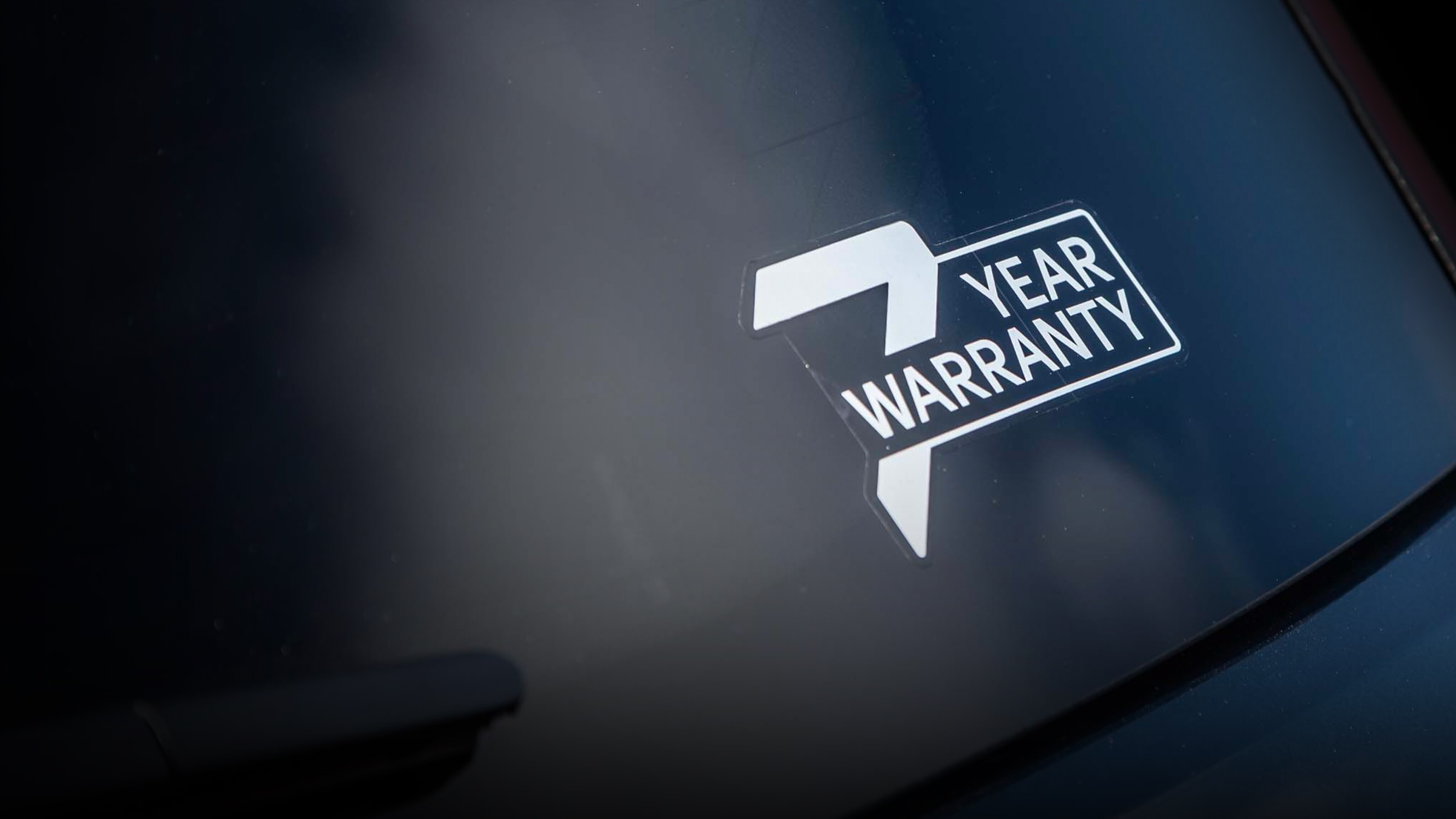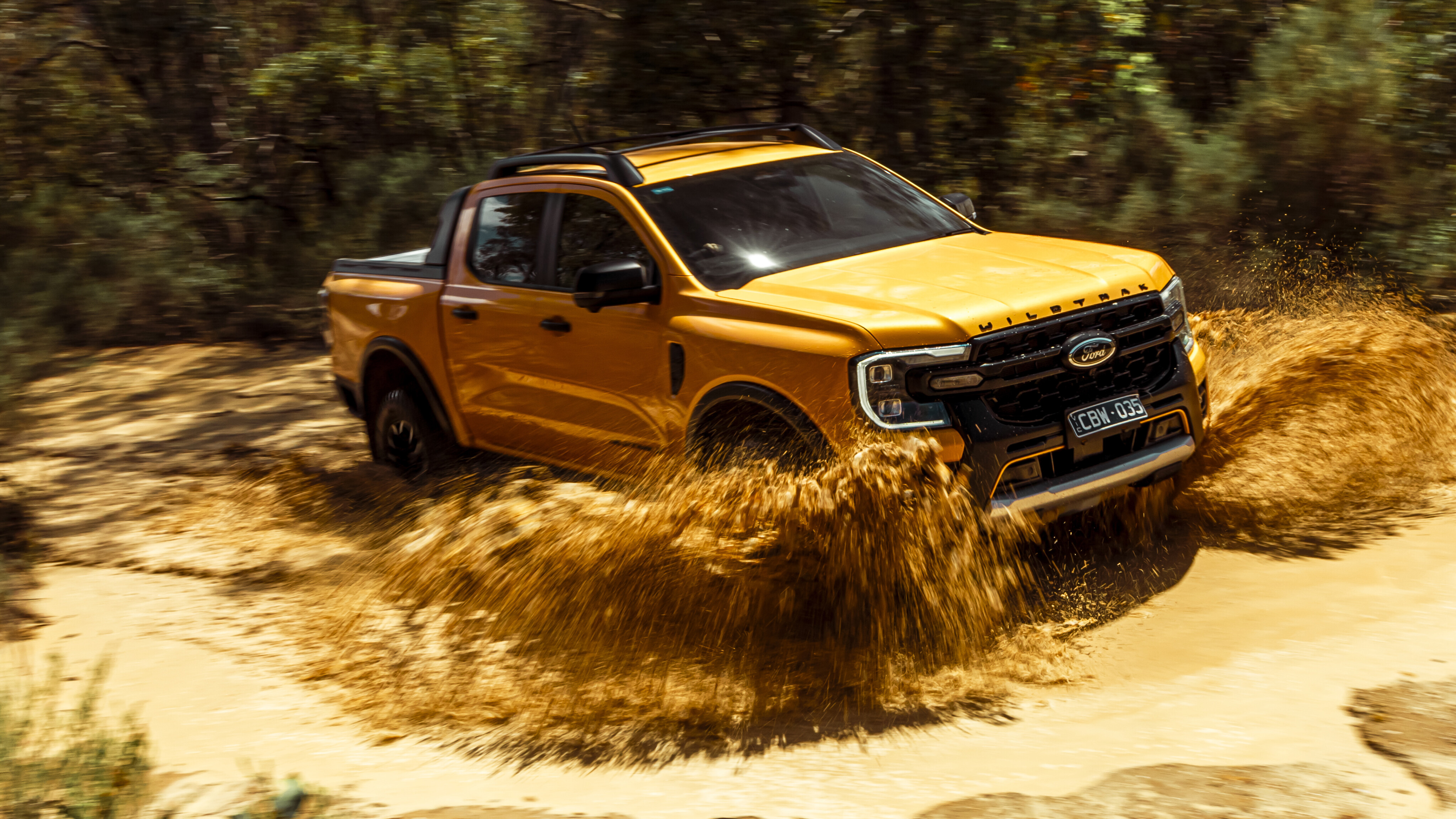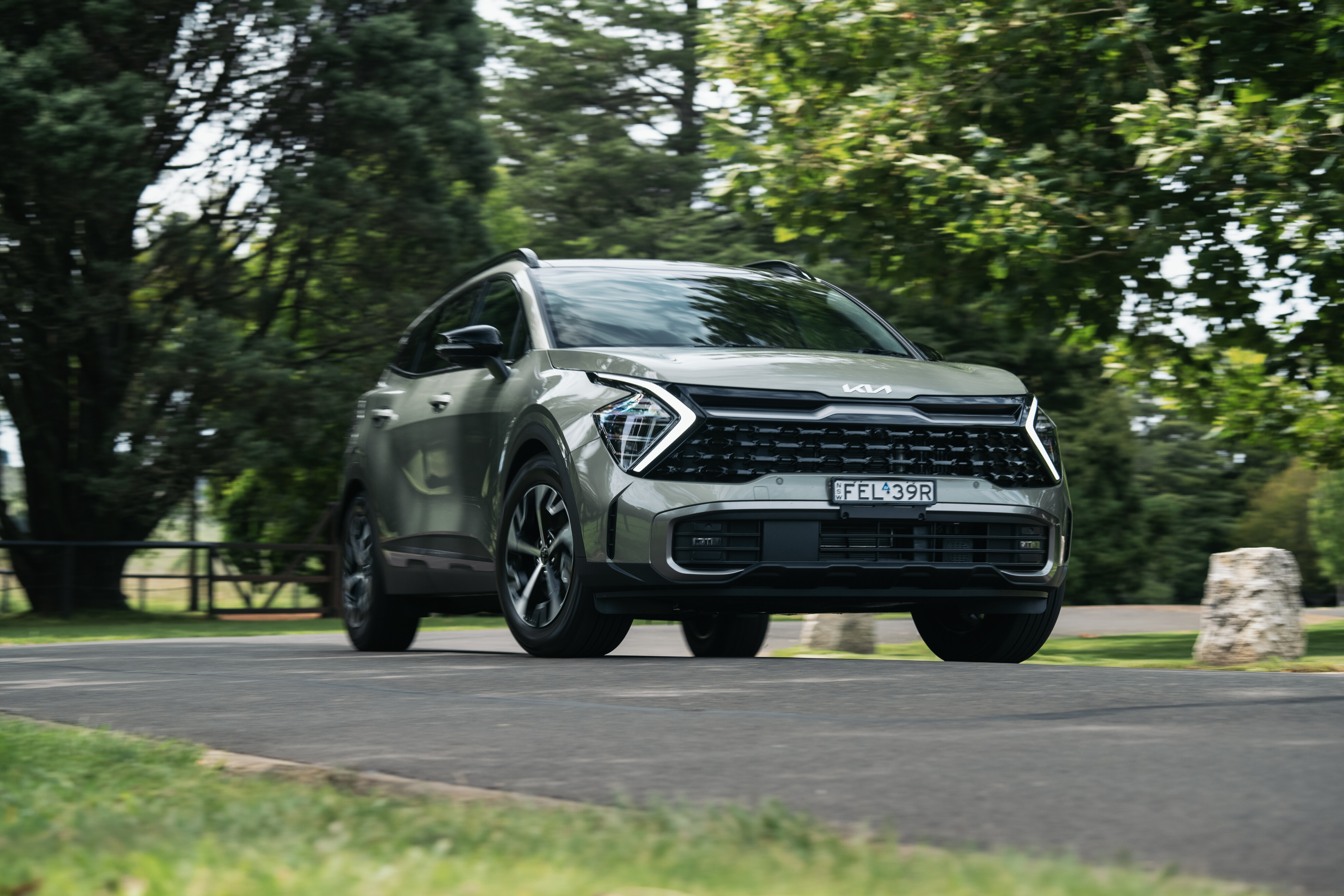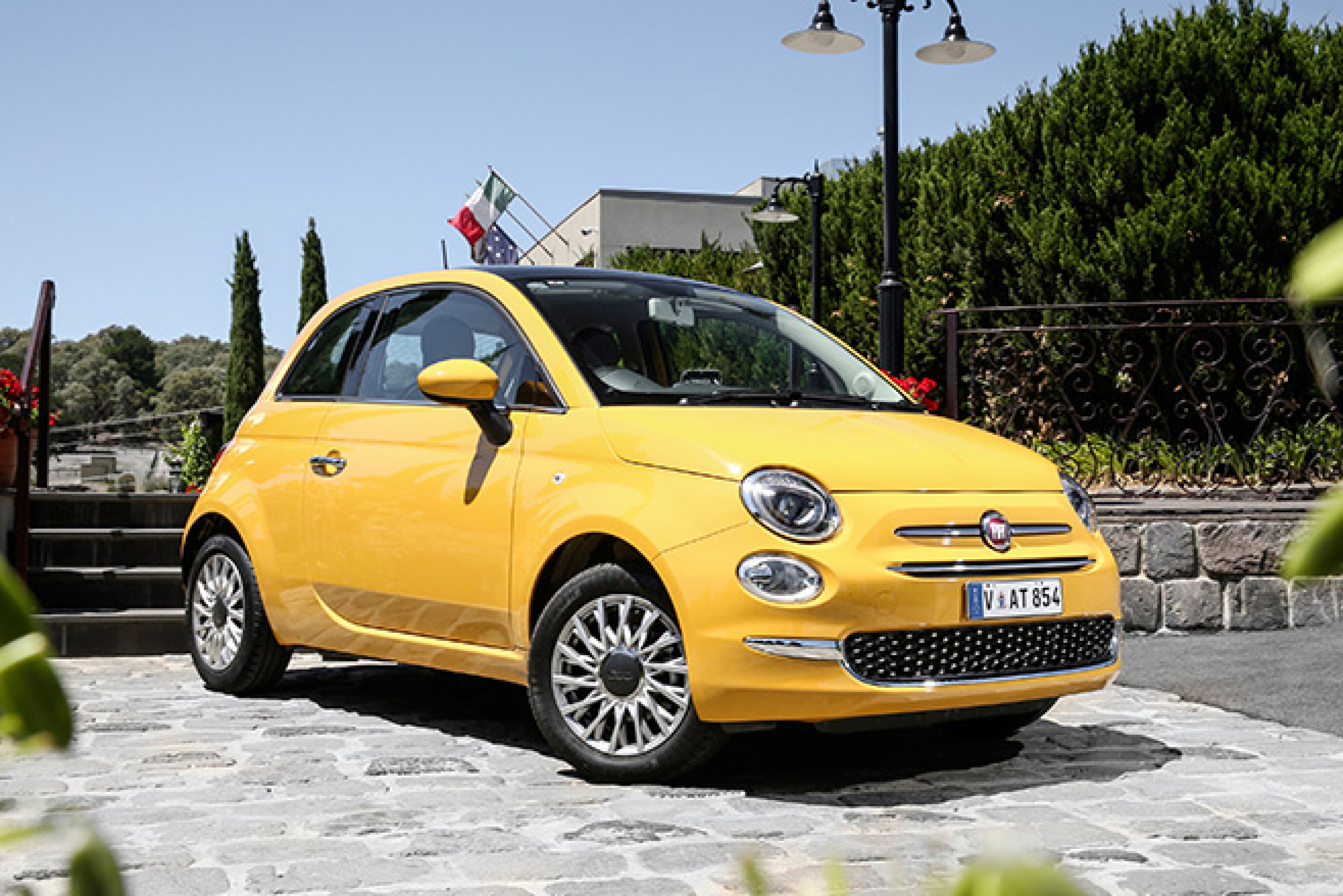
Despite the best efforts of the Reserve Bank of Australia, 2023 was a record year for new car sales.
Cash-strapped Aussies clearly doing it tough flocked to car dealerships like never before, beating the previous record set in 2017 by 2.3 percent. The best-selling vehicle was the Ford Ranger 4x4 dual-cab, with the average list price hovering near $60,000.
Small wonder that Treasurer Jim Chalmers wears the look of a man subjected to three times the force of gravity compared to a standard human being.

Upon release of the buoyant car sales numbers, it was natural to expect the FCAI to indulge in a measure of celebratory chest-beating, but when chief executive Tony Weber signed off, it was with a note of caution.
“As we celebrate this historic achievement, we recognise that the automotive sector will face challenges in the coming months,” he noted. “Cost-of-living pressures and increased interest rates will impact the market, and we expect a challenging 2024.”
Somewhat buried in the avalanche of end-of-year new car orders came a fascinating piece of new data. Late last year, for the first time, the Australian Automotive Dealer Association (AADA) issued used car sales data.

While 98,544 new cars left dealers in December, some 169,312 used cars changed hands
Okay, so the calculation involved, which looks at the sum total of used cars for sale at the start of the month and tallies up the vehicles that are no longer for sale at the end of the month, might not impress the most gimlet-eyed actuary, but it’s enough to deliver the big picture. And that picture clearly shows that while 98,544 new cars left dealers in December, some 169,312 used cars changed hands.
It’s not hard to see why used cars are in such demand. The ludicrous used pricing that accompanied both the COVID pandemic and the semiconductor shortage has eased, which means that there are, once again, some reasonable deals if you look hard enough. That’s been helped by manufacturers increasingly offering longer warranties.
Kia shifted the market in 2014 by offering a seven-year warranty and that has had a knock-on effect. Mercedes-Benz went to a five-year warranty in 2020, forcing Jaguar to follow suit in 2021, and then more dominoes fell with BMW and Audi switching to a five-year deal in 2022.

The only ‘mainstream’ brand offering a three-year warranty in Australia now is Fiat.
That’s great news for used buyers who can now routinely pick up a three-year-old vehicle with residual warranty. Because surely cars are getting more reliable these days? J.D. Power’s Initial Quality Survey suggests otherwise, claiming that new vehicles are becoming more problematic.
It blames ongoing supply chain problems, companies transitioning to novel electric powertrains, and remote working environments for an 11 percent uptick in problems experienced during the first 90 days of ownership. What’s more, it’s the highest the survey has reported in 36 years.
Thing is, I don’t buy it.
The Initial Quality Survey has always had its idiosyncrasies. It measures two different things that it conflates as ‘problems’.
One is a fault, the other is a design issue. The former I get, but the latter is largely subjective, and can translate as ‘features I don’t like or don’t work as expected’. It’s clear that higher problem scores directly correlate to recently introduced models of which we’ve been buried in post-COVID.
In other words, if statistics don’t lie they can certainly pull a sly conjuring trick. Now is a great time to look for a used car and our 2024 used car guide categorically points you in the right direction to avoid the duds. Happy hunting!



COMMENTS